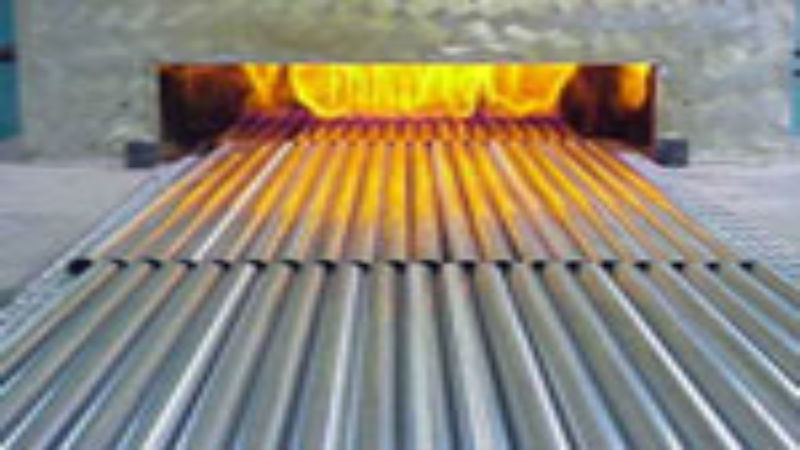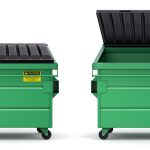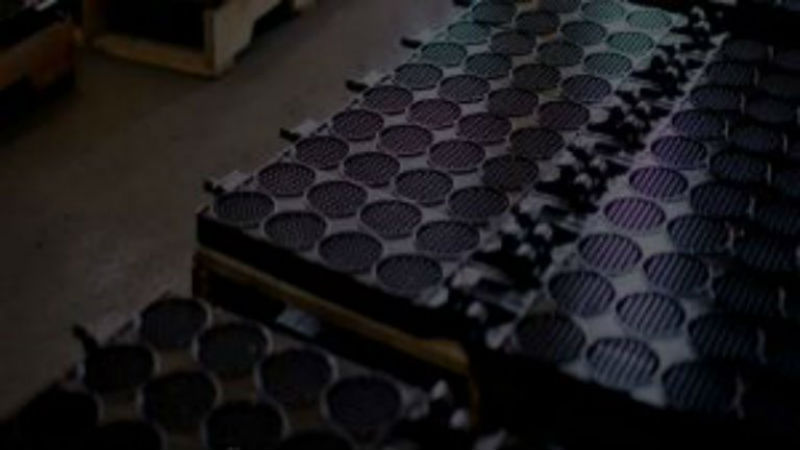While many people typically work with metals that have been through the annealing process, understanding just what it does to the metal and the results of the process are often a mystery. Copper annealing is actually a very old process, but new techniques and technology have allowed for more efficient and effective techniques that produce uniform results.
The Reasons
The reasons to use copper annealing as a process rather than using copper than has not been annealed are very important to consider. In general, and for all metals, the goal of the annealing process is to actually revert a metal that has been processed back to a softer state that is more readily and easily worked.
While copper is considered a naturally soft metal by most people, as is brass, this is only because most people have only seen and used metals that have gone through the copper annealing and brass annealing processes. Both of these metals can become hard when they are worked, and the annealing is a simple way to eliminate the brittleness that can come with working.
Historical Options
Historically copper annealing was a rather simple process and was done on relatively small components and pieces of the metal during the fabrication and production process. A heat source was used to heat the central part of the copper with the heat rapidly radiating out from that point through the metal sheet, tube or part.
In this old, low tech option of copper annealing it is the color change of the copper that signals the process, so it is and was important to look for the color to become deep red to purple, which is often considered a plum color. At this point the copper is immediately placed completely in a water bath, allowing the metal to rapidly cool.
This cooling process, or quenching, has to be done when the copper is still at the right temperature. If the copper starts to cool before quenching the softening will not occur and the structure of the metal will not allow it to be soft and workable.
Bright Annealing
To provide copper with a bright, lustrous finish as well as the desired workability, using high efficiency furnaces combined with controlled atmospheres creates a much superior final product over traditional copper annealing processes.
Not only is the bright annealing process much more controlled and exact, providing consistent result across all copper annealing jobs, it is also a great option for all sizes and shapes of parts. Continual furnaces also offer lower costs and better final product than options such as vacuum processes or traditional heating options.







